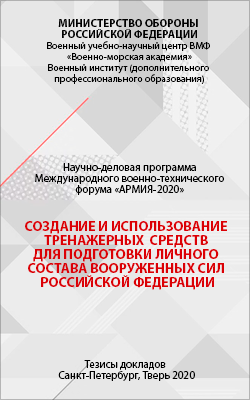Авторитетность издания
ВАК - К1
RSCI, ядро РИНЦ
Добавить в закладки
Следующий номер на сайте
№2
Ожидается:
16 Июня 2024
An optimized design of serial logic comparator
An optimized design of serial logic comparator
Дата подачи статьи: 17.02.2022
Дата после доработки: 28.03.2022
УДК: 658.58
Статья опубликована в выпуске журнала № 2 за 2022 год. [ на стр. 153-159 ]Abstract:Comparator is a combinational circuit which is used to compare the values by taking two numbers as input and determines whether one number is greater than, less than or equal to the other number. Com-parators have many applications in mainstream electronics and modern digital VLSI design, such as – Threshold Detector, Zero crossing Detector, Relaxation Oscillator, Schmitt Trigger and digital signal processors. This paper presents an efficient serial comparator design by block optimization techniques. The proposed 8-bit binary serial comparator is designed using a parallel to serial converter circuit as first stage that converts parallel data into serial rotated data. The second stage involves implement-ing a switching circuit in order to place data in two-comparison shift register. Only Most Significant Bit values of the two registers are compared through one-bit comparator cell as the third stage. The design and simulation of the proposed miniaturized global circuit of the serial comparator has been imple-mented by using DSCH 3.5 and Microwind 2.0 software showing a good quality performance. Moreo-ver, the paper describes the simulation of layout and parametric analysis for the proposed 8-bit com-parator design. It is noted that the area cost, the number of cycles and power consumption values are less in the proposed technique compared to the existing approaches.
Аннотация:В статье рассматривается один из важнейших элементов информационной системы – компаратор. Это комбинационная схема, которая используется для сравнения значений, принимая два числа в качестве входных данных и определяя, каким является каждое из них: больше, меньше или равно другому числу. Компараторы имеют множество применений в основной электронике и в современных цифровых СБИС, таких как пороговый детектор, детектор пересечения нуля, генератор релаксации, триггер Шмитта, процессоры цифровых сигналов. Анализируются основные научные работы о проектировании компаратора. Во многих из них, направленных на минимизацию потерь энергии и площади проектируемого компаратора, подчеркивается актуальность проблемы. Представлена эффективная конструкция 8-разрядного последовательного компаратора, основанная на методах блочной оптимизации. На первом этапе предлагаемый компаратор преобразует параллельные данные в последовательные. На втором этапе реализуется переключение для размещения данных в сдвиговом регистре. Только значения старшего бита двух регистров сравниваются через однобитовую ячейку компаратора в качестве третьего этапа. Предложенные миниатюрные схемы последовательного компаратора были реализованы с использованием программного обеспечения DSCH 3.5 и Microwind 2.0 и продемонстрировали хорошую работу. В статье рассматриваются также моделирование компоновки и параметрический анализ предлагаемой конструкции 8-битного компаратора. Предложенный последовательный компаратор требует меньше площади, количества циклов и потребляемой мощности по сравнению с существующими подходами.
| Авторы: Нийонсаба T. (nitherence5@gmail.com) - Университет Бурунди (преподаватель-исследователь), Бужумбура, Бурунди, Ph.D, Акимана А. (armelblackbox@gmail.com) - Университет Бурунди (инженер), Бужумбура, Бурунди, Кибея Х. (kibeyahassan@gmail.com) - Университет Бурунди (преподаватель-исследователь), Бужумбура, Бурунди, Ph.D, Увизейимана П. (uwizeyimanaprovi@gmail.com) - Университет озера Танганьика Бужумбура (магистр, доцент), Кигобе, Бурунди | |
| Keywords: optimized comparator, miniaturized circuit, switching circuit, converter, logic comparator |
|
| Ключевые слова: оптимизированный компаратор, миниатюризованная схема, переключающая схема, конвертер, логический компаратор |
|
| Количество просмотров: 1806 |
Статья в формате PDF |
| Постоянный адрес статьи: http://swsys.ru/index.php?page=article&id=4891 |
Версия для печати |
| Статья опубликована в выпуске журнала № 2 за 2022 год. [ на стр. 153-159 ] |
Назад, к списку статей








